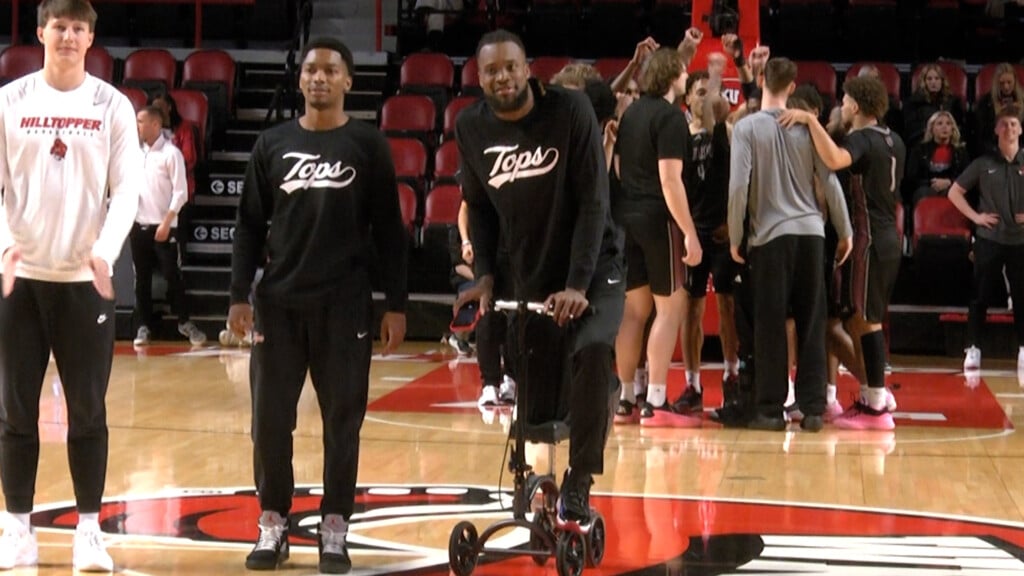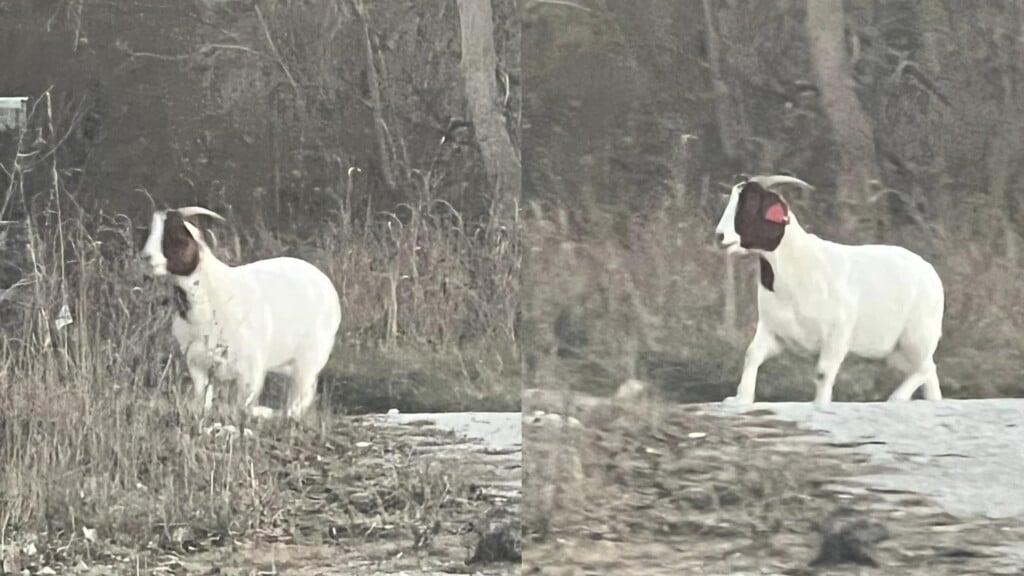News 40 Weather Reports: Artificial Intelligence in weather forecasting and future
BOWLING GREEN, Ky. (WNKY) — A new professor in the Earth, Environmental and Atmospheric Sciences Department at Western Kentucky University says artificial intelligence is changing the way meteorologists understand and predict the weather.
“I started doing AI back in 2016, when not many people in weather and climate were even talking about it,” said Dr. Manmeet Singh, WKU assistant professor of meteorology. “For me, the bottom line is getting better forecasts.”
Singh said AI has already shown its strength in real-world events. “The AI based model was spot on with Hurricane Beryl, while the physics-based model kept shifting. That shows you the potential of these new tools.”
He explained that the demand for forecasts is growing more precise. “What people want to know is street by street, farm by farm. Right now, global models give us about 25 kilometers. AI can help us push to higher resolution and longer timescales.”
But Singh also warned about a critical balance. “It’s not just about good prediction, it’s also about not giving too many false alarms. If people get eight bad warnings out of ten, they stop believing us. That’s why the balance between good prediction and false alarms is so important.”
The rise of AI-generated weather content online has also raised concerns. “The ultimate source of information should be the National Weather Service. If someone develops a really good model, which is peer reviewed, they publish those results, they would take it to the governmental agencies and then that becomes [part of the NWS]” Singh said. “One is checking whether it’s coming from an authentic source, that is really important. But I think until then it takes time, and there is a process to it. Like somebody is developing a model and then they write a paper, and then the paper goes into a review, and then it gets published as a peer reviewed publication, and then it gets further into the process of being adopted as an official model, providing policy decisions or based on which actions or decision making can rely on.”
He said that despite rapid progress, significant challenges remain. “If you ask me, is there any AI model which is like perfect at 100 meter resolution? We do not have that. The answer that I can give for 25 kilometer spatial resolution and global scale, saying that model is really good. We are not yet there for high resolution models. So I think, yeah, long lead and high resolution are two challenges that AI models are still facing in meteorology.”
Singh also raised ethical questions as AI improves. “There are definitely a lot of ethical concerns, like for example, if flood forecasting becomes really good, think of a scenario where high resolution flood forecasting is like perfect, and we are able to pinpoint houses which are going to get flooded. Now, not thinking about people who are going to buy those houses, but let’s think about the people who are living in their house for maybe many years or many decades. The insurance companies, they can start denying them flood insurance. Now, whether that’s good or bad, ethical, I don’t know.”
Looking toward the future of the profession, Singh said change is inevitable. “I think the nature of jobs would change and maybe what human forecasters are doing today, maybe that could be replaced by AI or could not be replaced. I think time would tell. But then the human forecasters, I think they should embrace AI. So even if five years from now, if the tasks that they are doing today, if that can be replaced by AI, but if they are having AI as a collaborator or as a partner, they could do a lot of things. And I think just like other fields, the nature of jobs will change. A good strategy would be to make AI a friend.”
Singh said he is working to build an AI section in the Disaster Science Operation Center lab at WKU to train students for that future. “What I am doing is absolutely aligned and is a complete fit with where the goals of the department are and also with the needs of this region,” he said.




